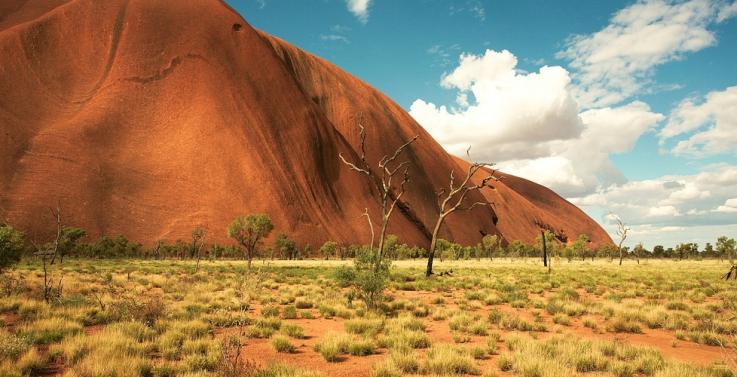
Climate change could shift windows of peak holiday travel with major consequences for the Australian tourism industry, a Victoria University researcher has warned.
Institute for Sustainability and Innovation researcher Professor Paul Boon said tourism – one of Australia's most important economic activities – was heavily dependent on climate in four out of five of the country's climate zones, making it vulnerable to climate change.
Projected increases in temperature and humidity would shrink the periods where school holidays and public holidays coincided with acceptable conditions in these zones, hence shutting out tourism, he said.
"In central Australia for example you'd be silly to go there between November and March with all the heat and flies and that period may extend," he said. "Likewise in monsoonal areas the growing periods of inundation and extreme humidity will make it almost impossible for holiday makers to go there for an increasing portion of the year."
Meanwhile in southern alpine areas climate change could mean shorter ski seasons in as little as 20 years from now, Professor Boon said.
"Alpine areas in south-eastern Australia's will lose a lot of their snow and therefore winter-based tourism. Of course this will make it better for summer-based tourism and I think we will see more of a shift towards that in these zones," he said. "What clearly comes out of the research is that tourism authorities in alpine, desert and monsoonal zones needed to start planning for the changes that will occur as a result of a hotter and less predictable climate."
Professor Boon said areas including coastal New South Wales and South-East Queensland were much less dependent on weather variations to draw tourists and would see less of an impact. In these areas, the main factors that drove the timing of the peak tourism season were institutional, such as when public and school holidays took place, rather than climatic.
Professor Boon has recently published articles on this issue inthe Marine and Freshwater Research and Tourism Geographies journals. His work withDr Wade Hadwen and Professor Angela Arthington from Griffith University was supported by a research grant from the Sustainable Tourism Cooperative Research Centre.
The image of Uluru was provided by 'pallotron' on Flickr.
